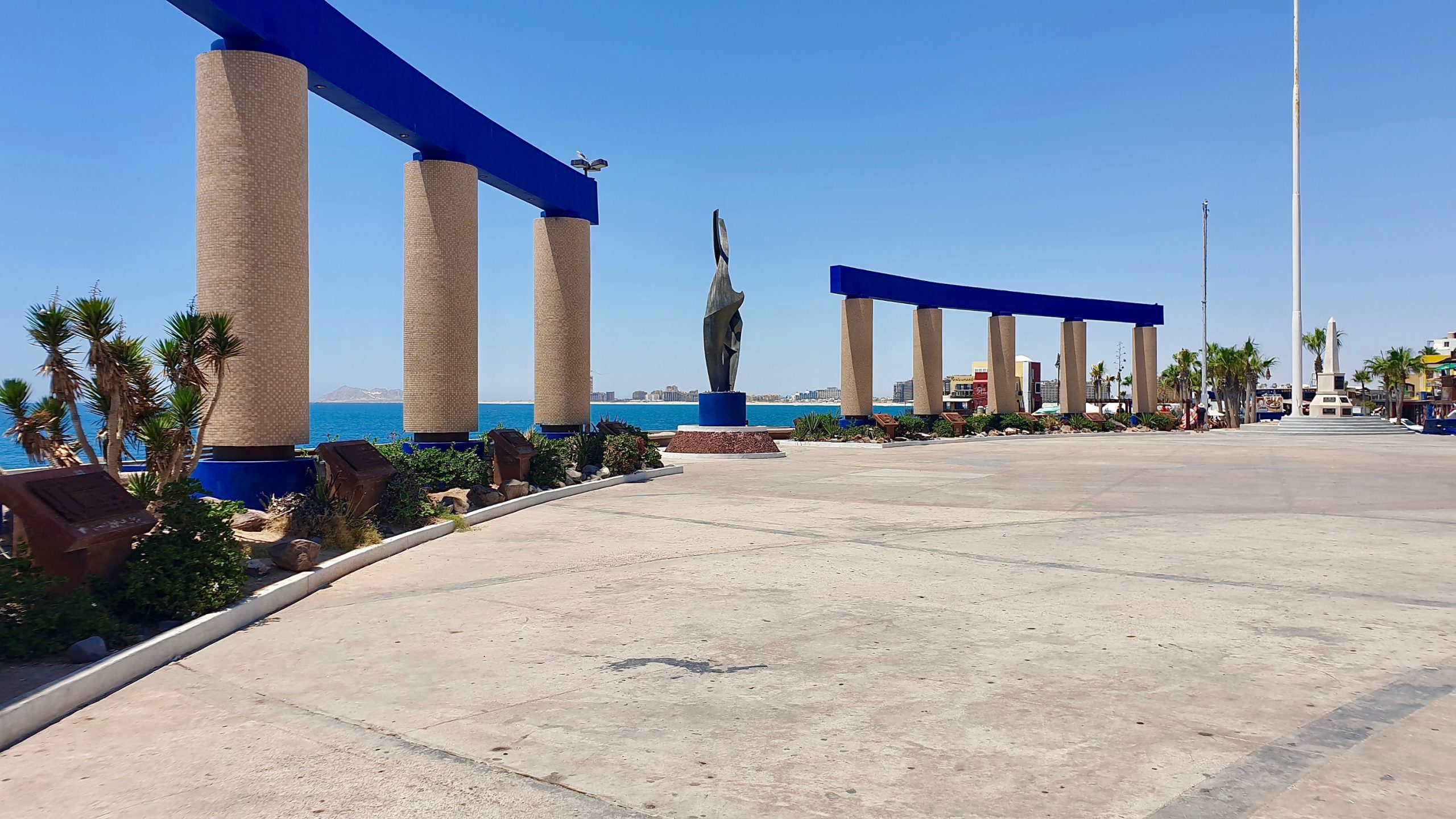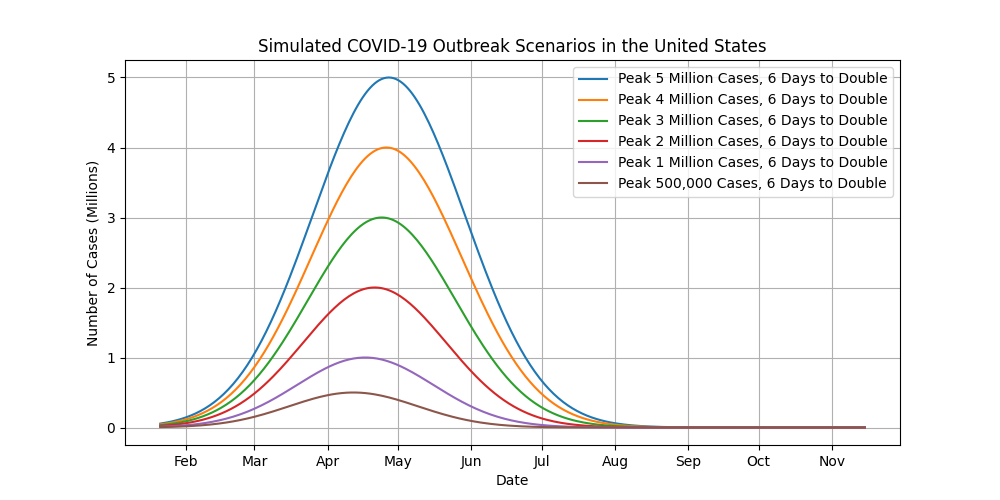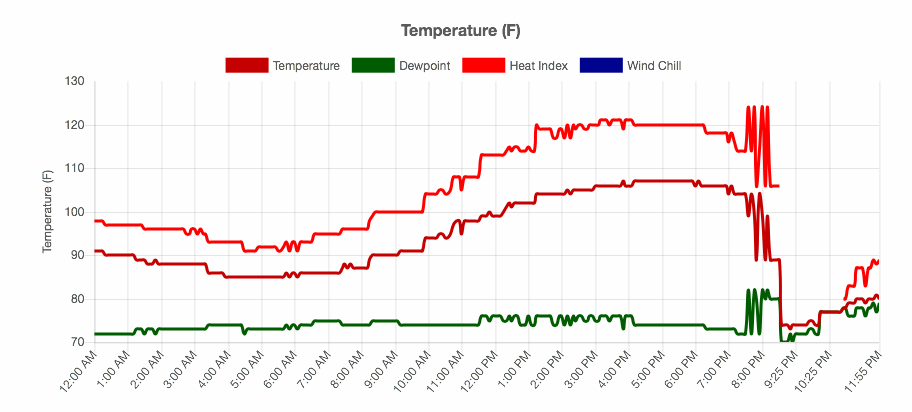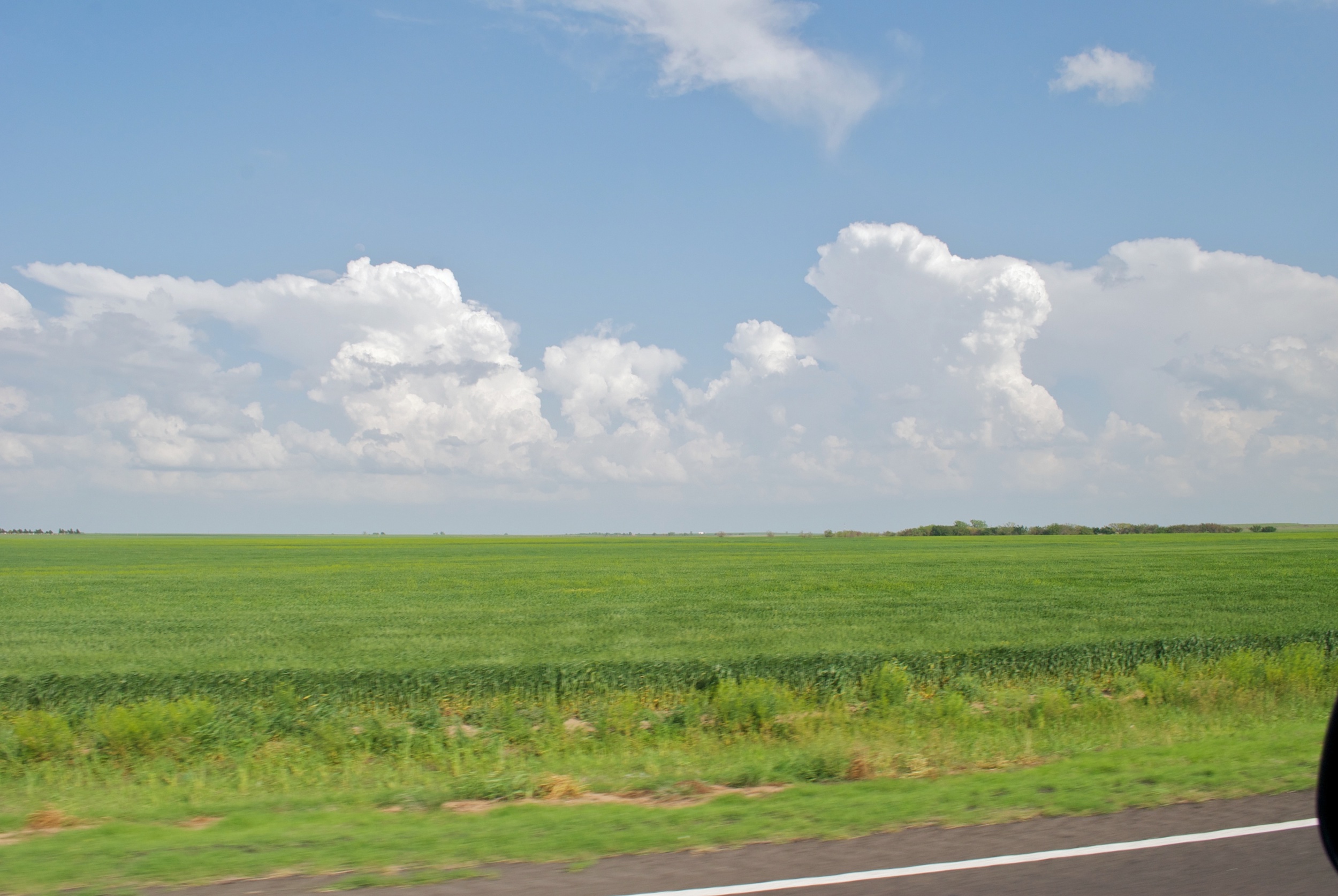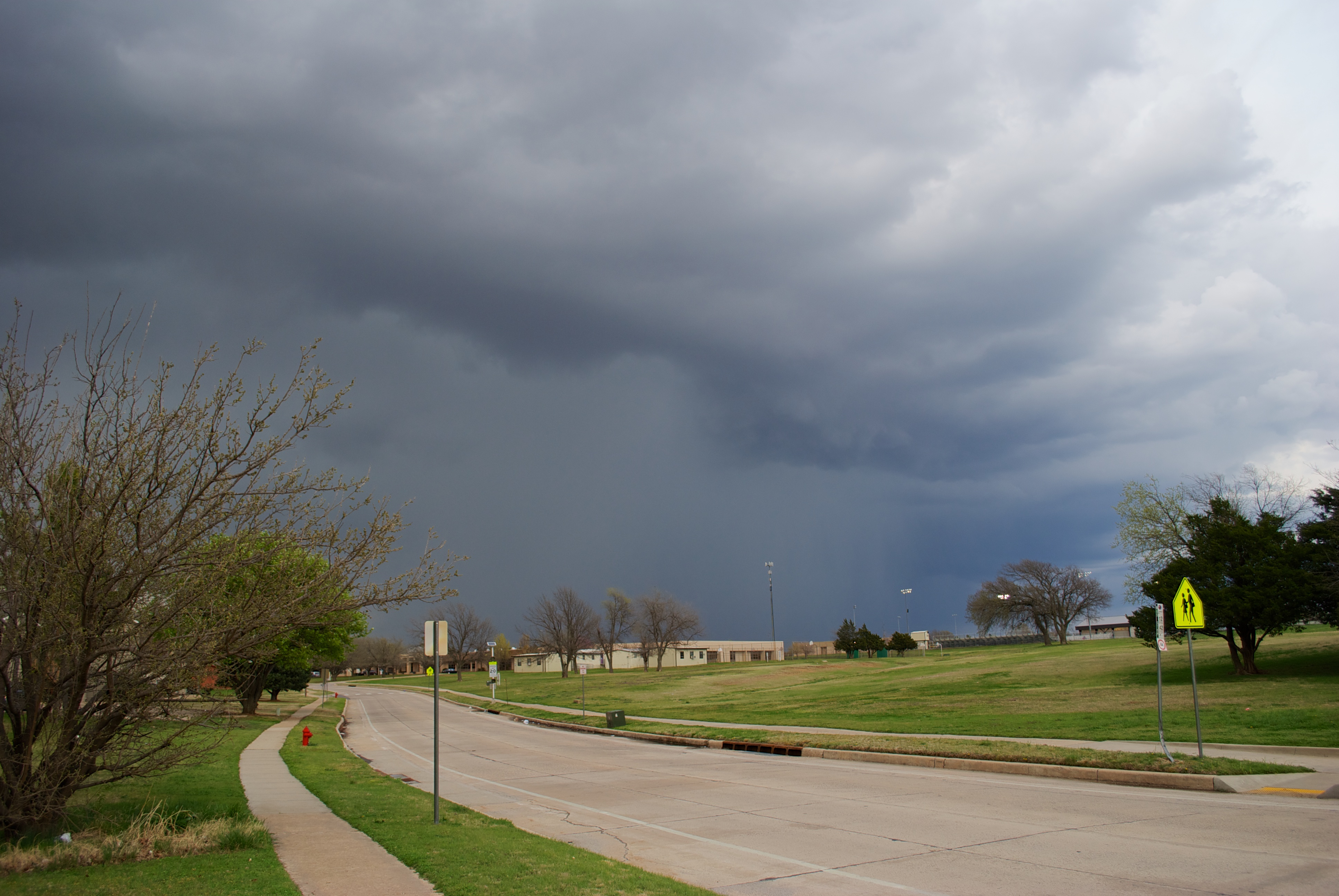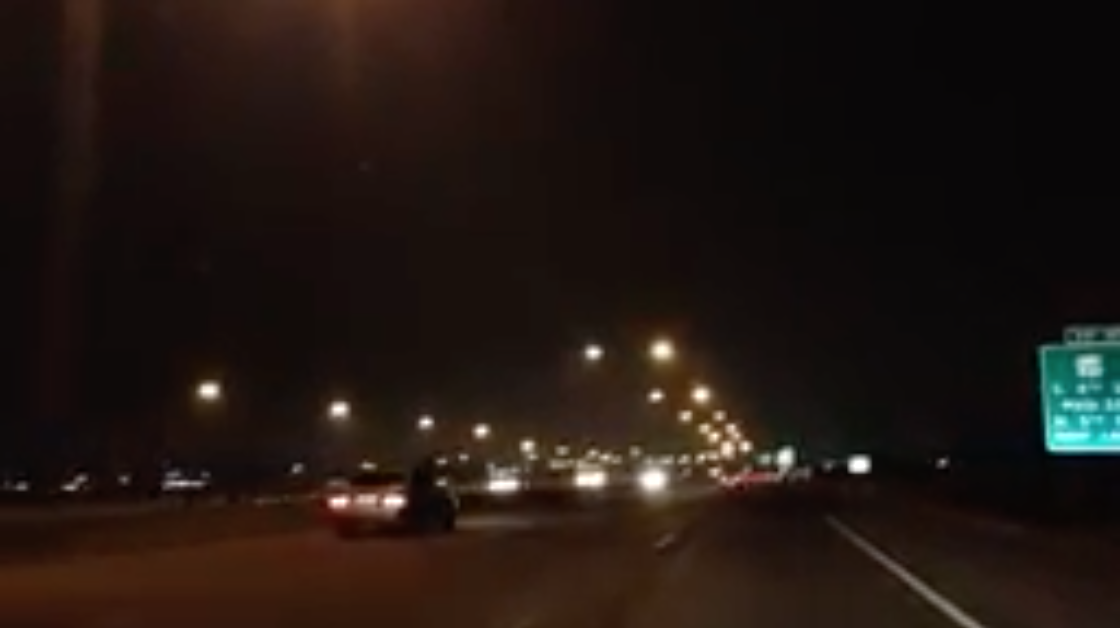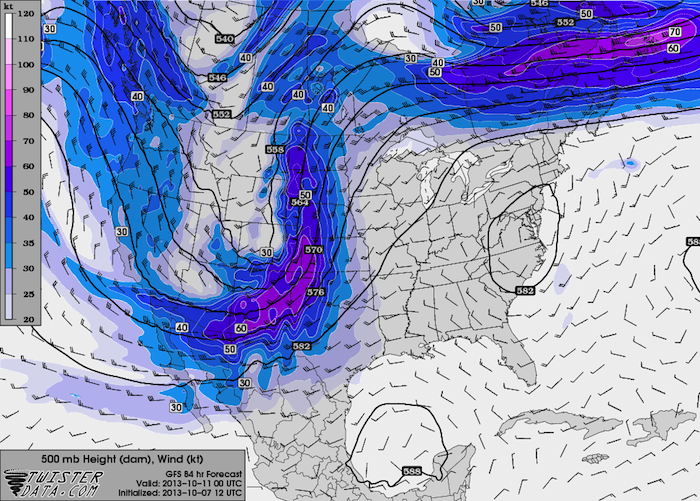Tip: Check out my COVID-19 model predictions and performance on my COVID-19 Dashboard. You can ask anyone I know, and they’ll all tell you the exact same thing: I know very little about anything that has to do with the medical field and absolutely nothing about epidemiology and disease. So […]
Read MorePost Tagged with: "Tornado"
Simulating the COVID-19 Outbreak in the United States with Gaussian Functions
Well, it looks like the coronavirus has arrived in full-force here in the United States. COVID-19 will likely cause some disruptions to day-to-day life. Being a math person, the outbreak has piqued my interest in modeling and simulating some possible scenarios for the COVID-19 outbreak in the United States. Before […]
Read MoreA Look at the Data From Last Week’s Possible Tornado
During a monsoon storm last week, I observed evidence of a possible tornado. Today, we will look at some of the data from the storm. I built weather station and data logger at my house that logs data every 5 minutes. While I have plans to put a network of […]
Read MoreWild Night of Monsoon Storms and Possible Tornadoes in the Desert
The summer monsoon kicked into high gear last night as a wild night of dust storms, flash floods, and severe weather ripped through the greater Phoenix area. During the storm, I became very suspicious that a small tornado had hit my house, so after a bit of clean up this […]
Read MoreThree Factors Explaining Oklahoma’s Quiet Storm Season
It’s no secret by now that the severe weather season in Oklahoma this year has been nearly non-existent. The tornado count for the entire state so far this year can pretty much be counted on one hand. So what has caused the storm season to be so quiet? There are […]
Read MoreA Dual Pol Radar Tutorial: The Vilonia, Arkansas Tornado
Dual polarization radar is an incredibly powerful tool for tracking severe weather. One important use for dual-pol radar is to track strong tornadoes by detecting the debris field with the radar. Similar to the Moore tornado last year, the April 27, 2014 Vilonia, Arkansas tornado passed about 10 miles north […]
Read MoreStorm Season Tries to Get Going in Oklahoma
The storm chasing season tried very hard to get started yesterday, but it just wasn’t meant to be. All of the ingredients were in place, but a deck of cirrus clouds (which limited instability by keeping surface temperatures down), strong cap and weak forcing on the warm front and dryline […]
Read MoreAn Interesting Perspective of the Moore Tornado Path
The first time I crossed the path of the May 20, 2013 Moore tornado at night I was really taken aback. Both sides of I-35 the entire way through Moore are normally lined with shops, strip malls, entertainment venues, and hotels, and are normally all lit up at night. The […]
Read MoreWeekly Severe Weather Outlook: October 7, 2013
With the beginning of the fall or “second” severe weather season here on the Great Plains, coupled with the tropics remaining quiet, I am going to shift this week’s discussion from the tropics back closer to home and talk about severe weather. The fall severe weather season started quite emphatically […]
Read MoreMay 31st El Reno Tornado May Be the Most Powerful Tornado Ever Recorded
Just a few weeks after the National Weather Service downgraded the May 31, 2013 El Reno, Oklahoma tornado from EF-5 to EF-3, a research paper published this week suggested that this tornado may be the largest most powerful (note that I say powerful, not destructive) tornado ever recorded, having been […]
Read MoreWhy the May 31st El Reno Tornado was Downgraded to EF-3
The deadly tornado that ripped through Canadian County, OK on May 31st has been downgraded back to EF-3 on the Enhanced Fujita Scale. Back in early June, the National Weather Service initially rated the tornado EF-3 after surveying the damage, but after receiving data from several doppler radars in the […]
Read MoreBasic Physics and Dynamics of a Tornado
Ever wonder what goes on inside a tornado? If you cut it all down to just basics, it’s pretty simple. A tornado is just a column of air violently rotating around an area of low pressure (how they form will be discussed at some future date). They work in the […]
Read More